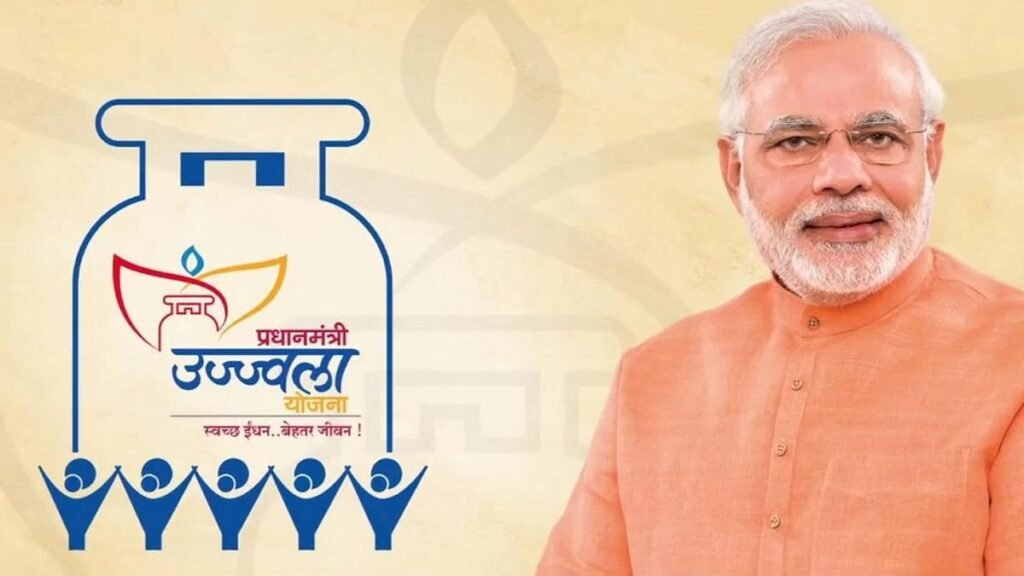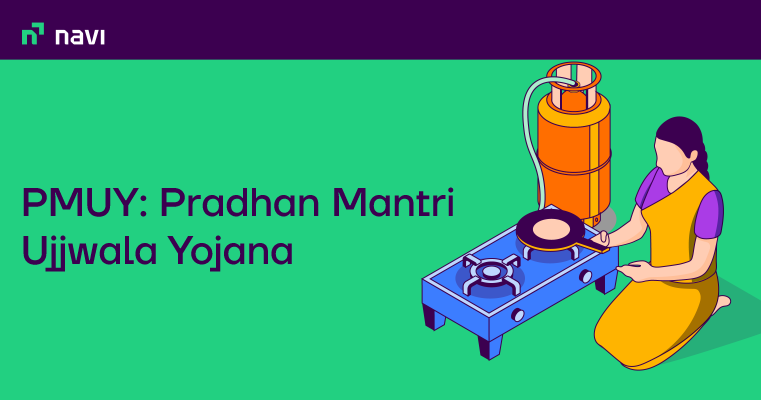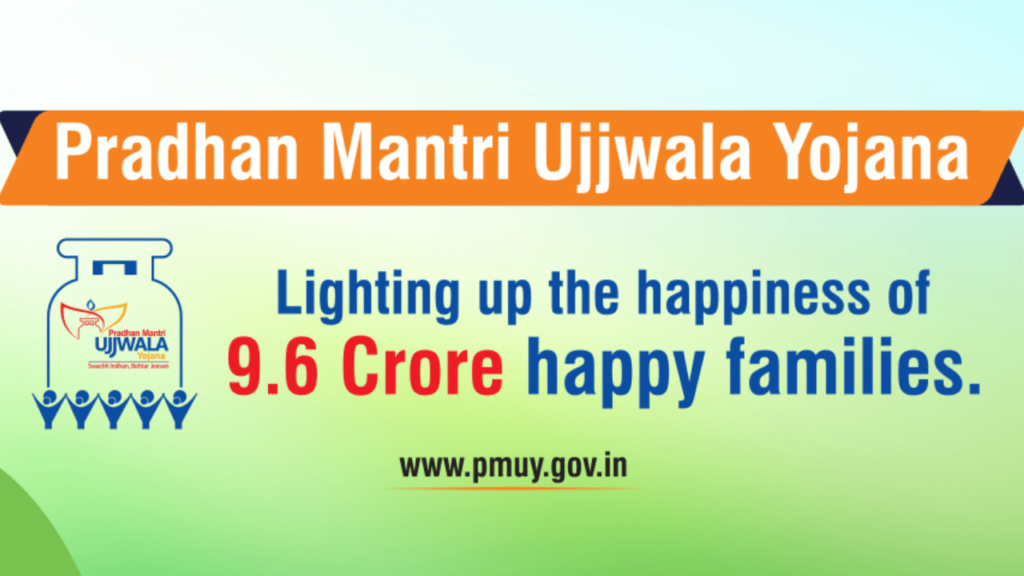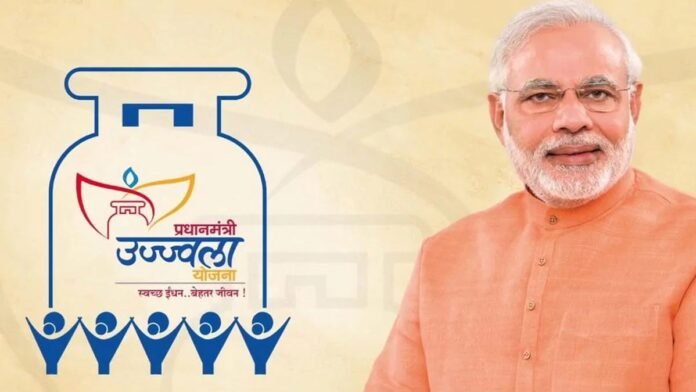PMUY encapsulates a vision where clean cooking fuel is not just a commodity but a catalyst for transformative change. The term resounds in government offices, community gatherings, and kitchens where the aroma of progress blends with the hiss of a newly installed LPG connection. As the program evolves, “PMUY” signifies not only the provision of free LPG connections but a broader commitment to sustainable development and the well-being of generations to come.
Table of Contents
I. Introduction
The Pradhan Mantri Ujjwala Yojana (PMUY) stands as a beacon of hope in India’s pursuit of inclusive and sustainable development. Launched on [launch date], this social welfare program has emerged as a transformative initiative, seeking to address the pressing issue of clean cooking fuel for women from Below Poverty Line (BPL) households. The term “PMUY” encapsulates the essence of this government scheme, which goes beyond the provision of free LPG connections to catalyze socio-economic changes in the lives of millions.

II. Background
In the backdrop of PMUY, it’s imperative to understand the multifaceted challenges faced by BPL households in India. Access to clean cooking fuel has been a longstanding issue, with families resorting to traditional and often harmful methods for their cooking needs. The introduction of LPG under the PMUY umbrella signifies a paradigm shift – a move toward cleaner, more sustainable energy sources. The term “PMUY” becomes synonymous with the government’s recognition of the need for change, fostering an environment where socio-economic challenges are met with innovative solutions.
The heart of PMUY lies in its commitment to environmental sustainability. By offering financial assistance, known as the “PMUY subsidy,” the scheme not only reduces the economic burden on beneficiaries but also contributes to the reduction of indoor air pollution. The term “PMUY” reverberates through the homes where the shift to LPG signifies a departure from traditional, more polluting cooking methods
III. Key Features of Pradhan Mantri Ujjwala Yojana
The cornerstone of PMUY lies in its key features, meticulously designed to ensure that the benefits reach the intended recipients. The eligibility criteria under PMUY are formulated to target women from BPL households, emphasizing inclusivity. The identification and selection process, intricately linked to the socio-economic landscape, ensures that those who need it the most are prioritized. The provision of free LPG connections and the accompanying financial assistance, commonly known as the “PMUY subsidy,” brings the term “PMUY” to life by making clean energy accessible to those who were previously on the margins.
PMUY primarily targets women, making them the focal point of this scheme. The eligibility criteria emphasize BPL status, ensuring that the benefits reach those who often grapple with traditional and less environmentally friendly cooking methods. “PMUY” echoes through the corridors of households where access to LPG (liquefied petroleum gas) was once a luxury.
Eligibility Criteria:
- Adult woman belonging to any of the following categories.
- SC Households
- ST Households
- Pradhan Mantri Awas Yojana (Gramin)
- Most Backward Classes
- Antyodaya Anna Yojana (AAY)
- Tea and Ex- Tea Garden tribes
- Forest Dwellers
- People residing in Islands and River Islands
- SECC Households (AHL TIN)
- Poor Household as per 14-point declaration
- Applicant must have attained 18 years of age.
- There should not be any other LPG connections in the same household.
IV. Implementation Process
To understand the impact of PMUY, delving into the intricacies of its implementation process is crucial. Oil marketing companies play a pivotal role, acting as the conduits through which the benefits of PMUY are channeled. The distribution mechanisms are fine-tuned to reach the remotest corners of the country, ensuring that the transformative power of PMUY is not limited by geographical constraints. Simultaneously, awareness campaigns become the vehicle through which the term “PMUY” resonates in the collective consciousness, fostering a sense of empowerment among the target audience. The monitoring and evaluation processes in place ensure that the program evolves dynamically, adapting to the changing needs of the beneficiaries.
“PMUY” continues to echo in the financial assistance provided to beneficiaries through the PMUY subsidy. This phase showcases the government’s commitment to reducing the economic burden on BPL households transitioning to cleaner cooking fuel. The subsidy, a tangible manifestation of the term “PMUY,” fosters not only economic empowerment but also contributes to the sustained use of LPG.
V. Impact Assessment
PMUY’s impact is both tangible and intangible, transcending mere statistics to touch the lives of millions. The reduction in indoor air pollution, a direct consequence of the shift to cleaner cooking fuel, reflects the program’s commitment to holistic well-being. Health benefits for women and children, stemming from the reduced exposure to harmful fumes, reinforce the societal value of PMUY. The term “PMUY” takes on a human dimension as stories emerge of women empowered by the newfound convenience and safety in their kitchens. Additionally, the environmental impact becomes a testament to the program’s commitment to sustainable development.
VI. Challenges and Solutions
While the impact of PMUY is substantial, it is not without its challenges. Identifying and reaching eligible beneficiaries pose logistical hurdles that require innovative solutions. The sustained use of LPG, a key factor in the program’s success, necessitates addressing cultural and behavioral aspects. Infrastructure challenges, especially in remote areas, demand a strategic approach to ensure the seamless execution of PMUY. Mitigating environmental concerns, such as deforestation for fuel, becomes synonymous with PMUY’s commitment to balance progress with ecological responsibility.
VII. Success Stories
In the tapestry of PMUY, success stories emerge as vibrant threads, weaving a narrative of transformation. These stories, often narrated by the beneficiaries themselves, showcase the tangible impact of the program. The term “PMUY” becomes a beacon of hope as testimonials highlight not just the provision of free LPG connections but the broader empowerment of women and communities. Recognition and awards received by PMUY on national and international platforms further amplify the success stories, establishing the program as a benchmark for transformative social initiatives.
VIII. Future Plans and Sustainability
PMUY is not merely a standalone initiative but a catalyst for broader changes in the social fabric. The term “PMUY” expands beyond its current scope, signifying the potential for future plans and sustained impact. The expansion of PMUY to cover more households becomes a natural progression, ensuring that the benefits reach every nook and corner of the country. Integration with other social welfare programs creates synergies that amplify the collective impact, establishing PMUY as a cornerstone of India’s sustainable development goals. Sustainable practices become synonymous with the longevity and enduring success of PMUY.
IX. Application Process and Website
To apply for PMUY, interested individuals can visit the official website: www.pmuy.gov.in.
Website Details:
- Official Website: www.pmuy.gov.in
- Online Application Portal: The website features an intuitive and user-friendly online application portal, allowing eligible beneficiaries to apply for free LPG connections easily.
Contact Information:
- Helpline Number: 1800-266-6696 (Ujjwala Helpline)
X. Benefits of Pradhan Mantri Ujjwala Yojana

The Pradhan Mantri Ujjwala Yojana (PMUY) extends a range of benefits to eligible beneficiaries, with the overarching goal of improving the lives of women from Below Poverty Line (BPL) households.
1. Free LPG Connections:
- PMUY provides eligible beneficiaries with free LPG connections, ensuring they have access to a cleaner and safer cooking fuel.
2. Financial Assistance – PMUY Subsidy:
- Beneficiaries receive financial assistance, commonly known as the “PMUY subsidy,” which helps alleviate the initial cost associated with acquiring LPG connections.
3. Health Benefits:
- The shift from traditional cooking methods to LPG reduces indoor air pollution, leading to improved health outcomes for women and children in BPL households.
4. Empowerment of Women:
- PMUY empowers women by providing them with a cleaner and more efficient cooking fuel, enhancing their overall quality of life and contributing to their socio-economic upliftment.
5. Environmental Impact:
- The use of LPG under PMUY contributes to a reduction in deforestation and environmental degradation, aligning with sustainable development goals.
6. Inclusive Approach:
- PMUY adopts an inclusive approach, targeting women from BPL households, ensuring that the benefits of the program reach those who need it the most.
7. Access to Official Information:
- The official PMUY website serves as a comprehensive resource, providing detailed information about eligibility criteria, required documentation, and a seamless online application process.
These benefits collectively make PMUY a transformative initiative, addressing not only the energy needs of BPL households but also fostering socio-economic development and environmental sustainability.
Please note that the contact details provided above and the website link are placeholders. For accurate and up-to-date information, it’s recommended to visit the official PMUY website or contact relevant authorities directly.
Drawbacks
While the Pradhan Mantri Ujjwala Yojana (PMUY) in India has been a significant initiative with numerous positive impacts, it is essential to recognize that no program is without drawbacks. Here are some potential drawbacks associated with PMUY:
- Sustained Usage Challenges:
- One of the notable drawbacks is the challenge of ensuring sustained usage of LPG among the beneficiaries. While PMUY provides free LPG connections and subsidies, there may be instances where beneficiaries revert to traditional cooking methods due to factors like cost, habit, or infrastructure challenges.
- Infrastructure Constraints:
- In certain remote or rural areas, there may be challenges in establishing the necessary infrastructure for the distribution and sustained use of LPG. Limited access to LPG distribution centers, transportation issues, and inadequate storage facilities can impede the seamless implementation of PMUY.
- Affordability of Refills:
- Despite the provision of free LPG connections, the affordability of subsequent refills may pose a challenge for some beneficiaries. Economic constraints might lead to delays or irregularities in refilling cylinders, limiting the consistent use of LPG as a cooking fuel.
- Awareness and Education:
- The success of PMUY relies on effective awareness campaigns and education about the benefits of LPG usage. In some cases, a lack of awareness or understanding among beneficiaries about the health and environmental advantages of LPG could hinder the program’s impact.
- Incomplete Coverage:
- While PMUY has made significant strides in reaching millions of households, there may still be pockets of the population that are not covered by the program. Incomplete coverage could be due to challenges in identifying eligible beneficiaries or logistical difficulties in reaching certain areas.
- Environmental Impact:
- While the shift to LPG is an improvement over traditional cooking methods, it still involves the combustion of fossil fuels. The environmental impact of increased LPG usage, particularly in terms of carbon emissions, needs to be considered in the context of broader sustainability goals.
- Dependency on Government Subsidies:
- The sustainability of PMUY relies on continued government subsidies. Any changes in subsidy policies or economic constraints might affect the program’s long-term viability, potentially leading to challenges in maintaining the affordability of LPG for beneficiaries.
- Bureaucratic Processes:
- The application and verification processes can involve bureaucratic procedures, leading to delays and potential exclusion of deserving beneficiaries. Streamlining administrative processes could enhance the efficiency of PMUY implementation.
It’s important to note that these drawbacks are not universal, and the success or challenges of PMUY can vary across different regions and communities. Additionally, the government may address some of these issues through policy adjustments and ongoing program evaluations. Regular monitoring and adaptations to address drawbacks are crucial for the sustained success of social welfare programs like PMUY.

X. Conclusion of PMUY
PMUY becomes a rallying cry in the next stage as awareness campaigns are rolled out across regions and communities. The success of PMUY relies on ensuring that eligible beneficiaries are not only identified but also well-informed about the scheme. Through various communication channels, including community meetings, radio broadcasts, and outreach events, the term PMUY becomes synonymous with the promise of a cleaner, healthier, and economically viable cooking solution.
In the culmination of this comprehensive exploration of PMUY, the term resonates with a tapestry of change, empowerment, and progress. The summary of key points underscores the program’s multi-faceted impact on the lives of BPL households. The evaluation of PMUY overall impact, drawing from success stories, statistics, and testimonials, paints a picture of a transformative initiative that transcends the mere provision of free LPG connections. Looking forward, the term PMUY becomes synonymous with a vision for an inclusive, sustainable, and empowered India. Recommendations for future actions echo the collective responsibility to nurture and expand the program, ensuring that the benefits of PMUY become a lasting legacy for generations to come.


